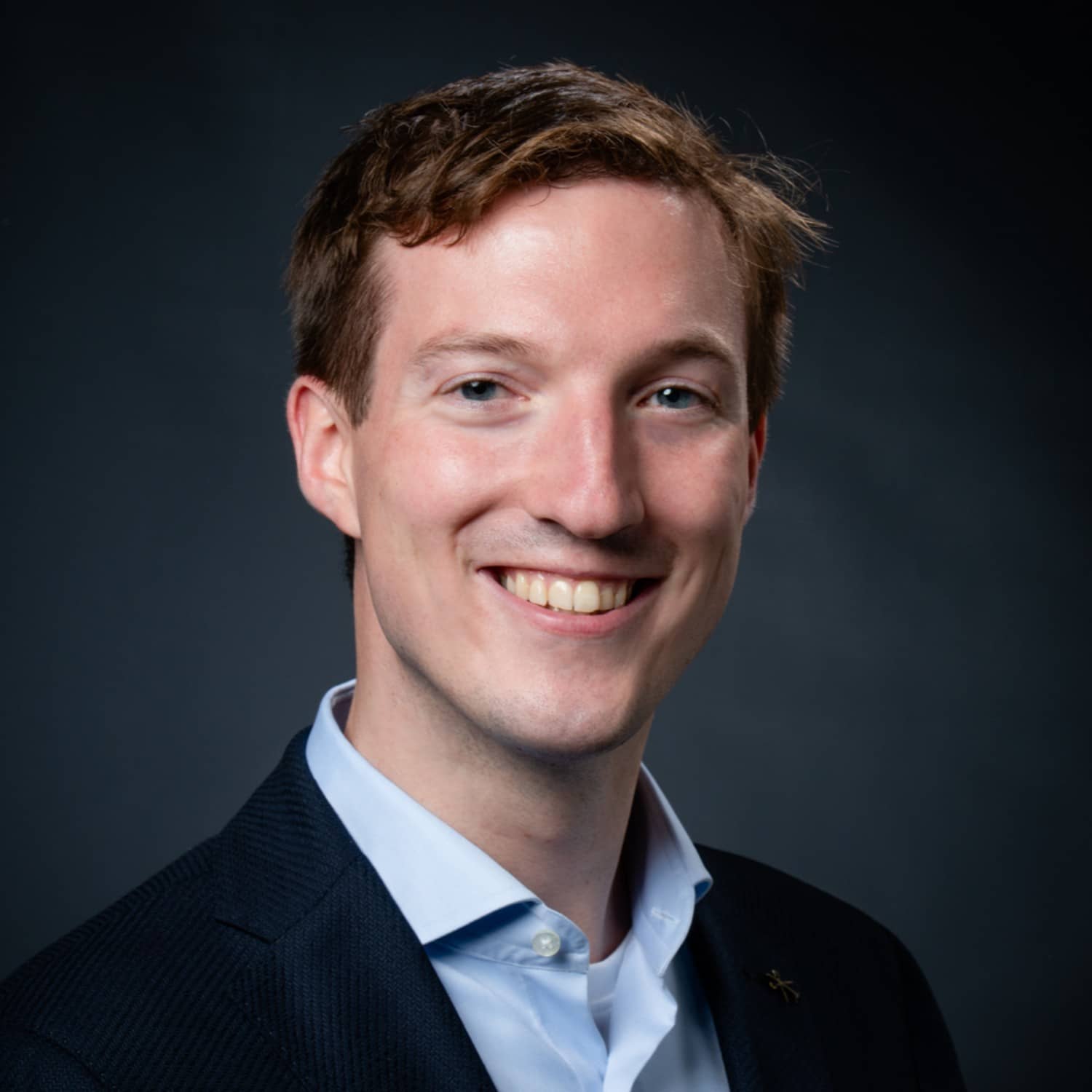Critical Approaches
The Circular Economy as a ‘Child of its Time’
In the beginning of this section, Olga mentioned that the concepts of circularity and circular economy were originally developed in the 1970’s. However, they only became popular in the last decade. In the first part of this video, Karel attempts to reason why this is by zooming out to global economy and geography. He then discusses the importance of spatial planning and circular economy.
Main Takeaways
- The world is de-globalizing or rather re-globalizing: after the 2008 economic crisis global production supply chains have been compromised. Acquisition of materials, energy and products is no longer certain. This is turn threatens transnational, collective goals.
- Circularity is increasingly becoming more relevant for its potential to keep materials’ value as high is possible for as long is possible.
- Attention is therefore shifted on the available material stocks and especially remanufacturing. This makes the spatial planning for remanufacturing a critical necessity.
- Remanufacturing is dependent on urban environments both for decreasing CO2 emissions caused by transportation, but also because urban regions can offer the knowledge necessary to achieve the transition.
